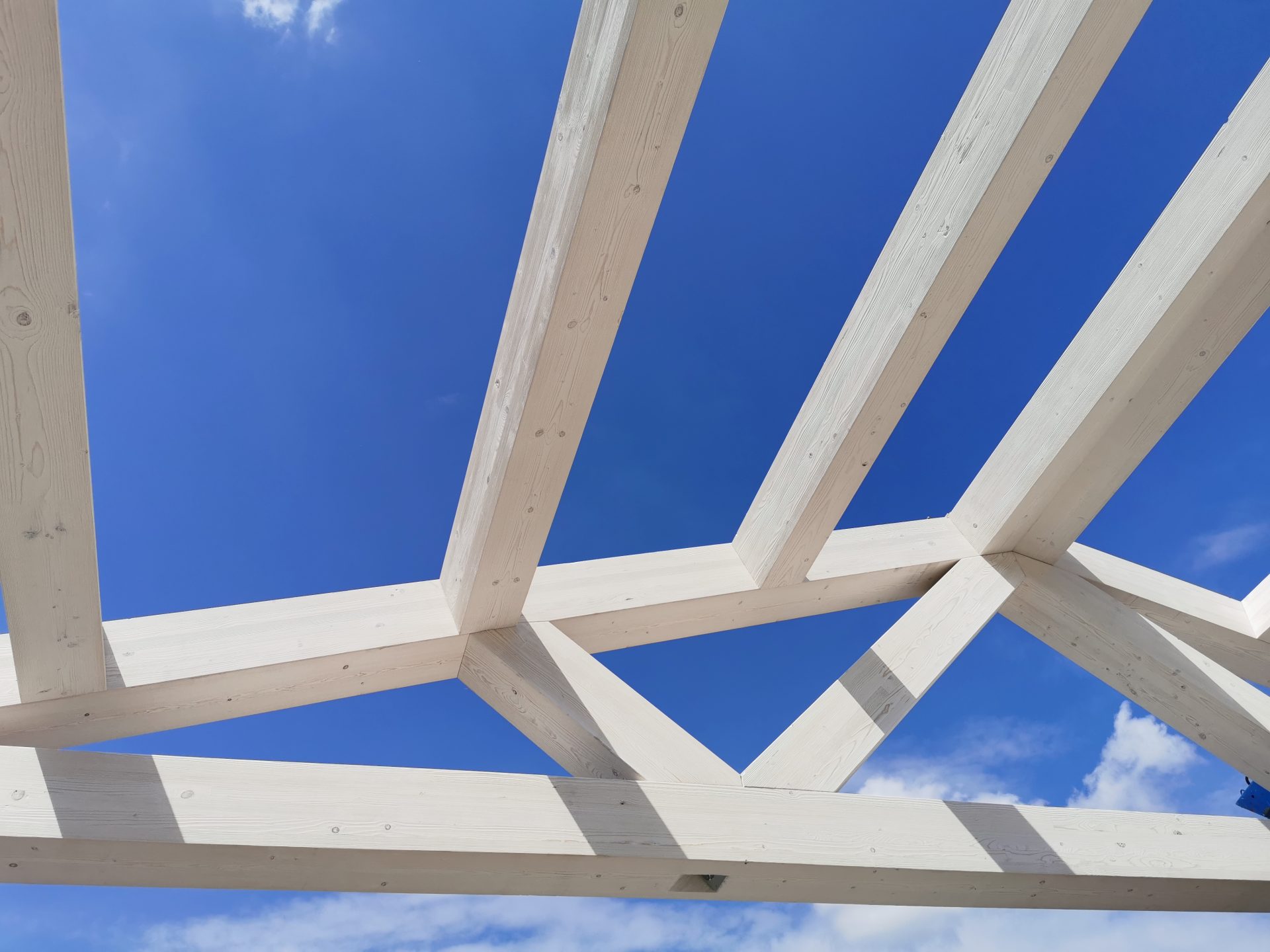Many times while designers are grappling with the design of a new structure with a wooden roof, they are faced with the dilemma: warm or cold roof?
But before continuing, let’s understand the differences between one and the other.
Warm Roof
The warm roof sees the use, as the outermost layer, of the classic bituminous or synthetic sheaths. In the warm roof, the insulating layer is placed under the sheath and the insulation remains protected without suffering the washout effect.
On the other hand, it should be remembered that bituminous membranes are very sensitive to thermal excursions and have a limited duration. Furthermore, due to the sun, cracks can be created in the bituminous layer.

Cold Roof
The cold roof consists of an insulated and waterproofed roof that overhangs an “air chamber”, a layer that allows ventilation by offering better thermal insulation, which is why saying cold roof or ventilated roof means the same thing.

Our Solution
Given the differences listed above, the only solution that we can propose is to ALWAYS take into account the air in wooden roofs, therefore the VENTILATED ROOF (cold roof). As we all know, the worst enemy of wood is water, and the air provides us with a remedy for this problem.
For over 50 years we have been involved in the construction of thousands of wooden roofs, therefore we have gained considerable experience in the field. We have seen that, when it comes to the durability of all the materials that make up a wooden roof (including insulation), the presence of air inside the structures is essential to maintain their function over time.
Through time, the materials used can deteriorate due to atmospheric agents or internal condensation, which can create potentially damaging humidity. The presence of air that flows inside the layers of the roof guarantees the structure to remain dry.
But in addition to the reasons just illustrated, the pluses of the ventilated roof are many:
It dries from above and from below allowing the drying of the tiles, the insulation and the breathable sheet, and also reduces the amount of heat inside the structures, resulting in lower energy consumption.
Ventilating the wooden roof means preventing almost any problem, therefore for the construction of wooden roofs, whether it is a flat or sloping roof, it is the only solution we strongly recommend!

